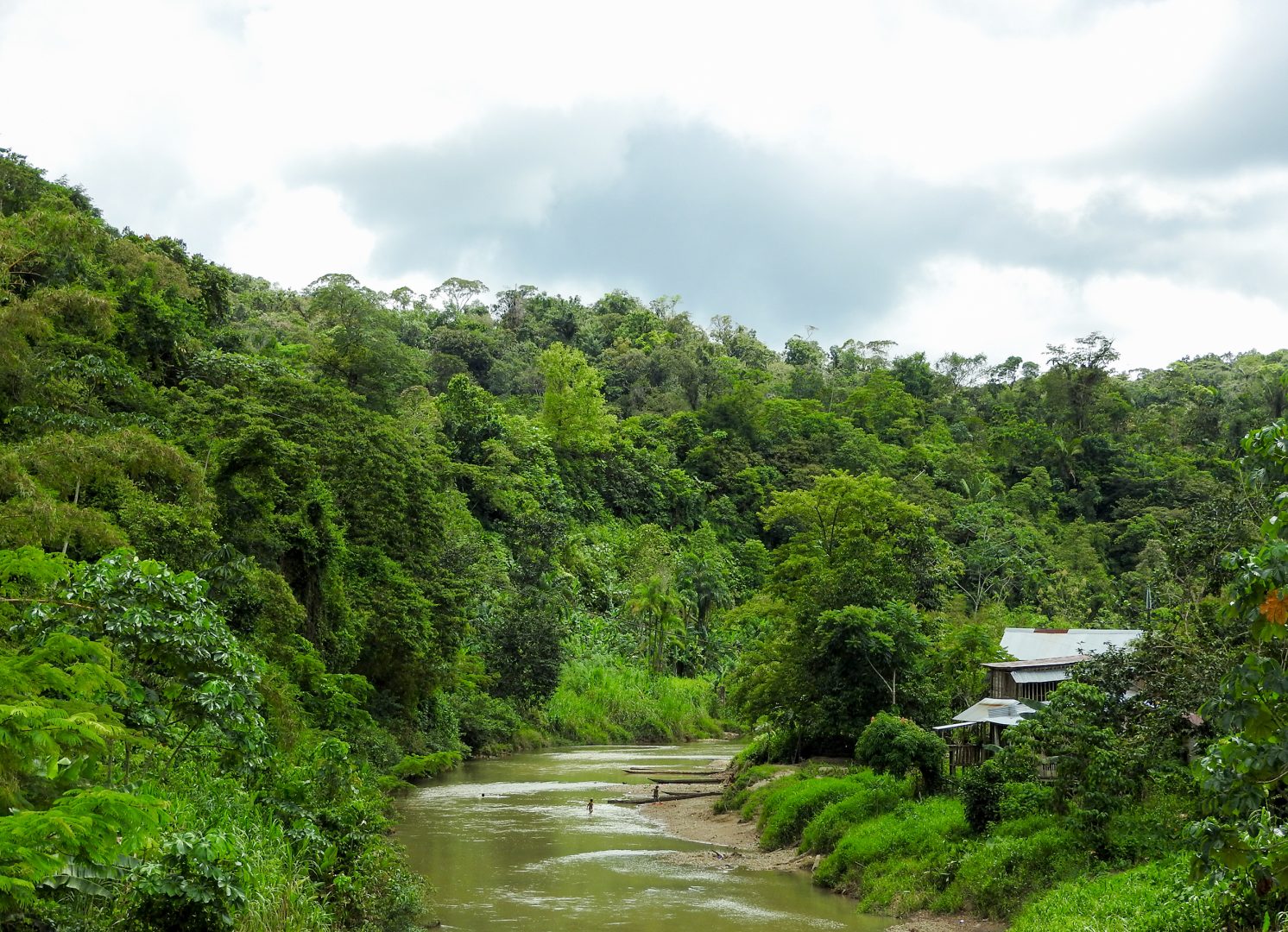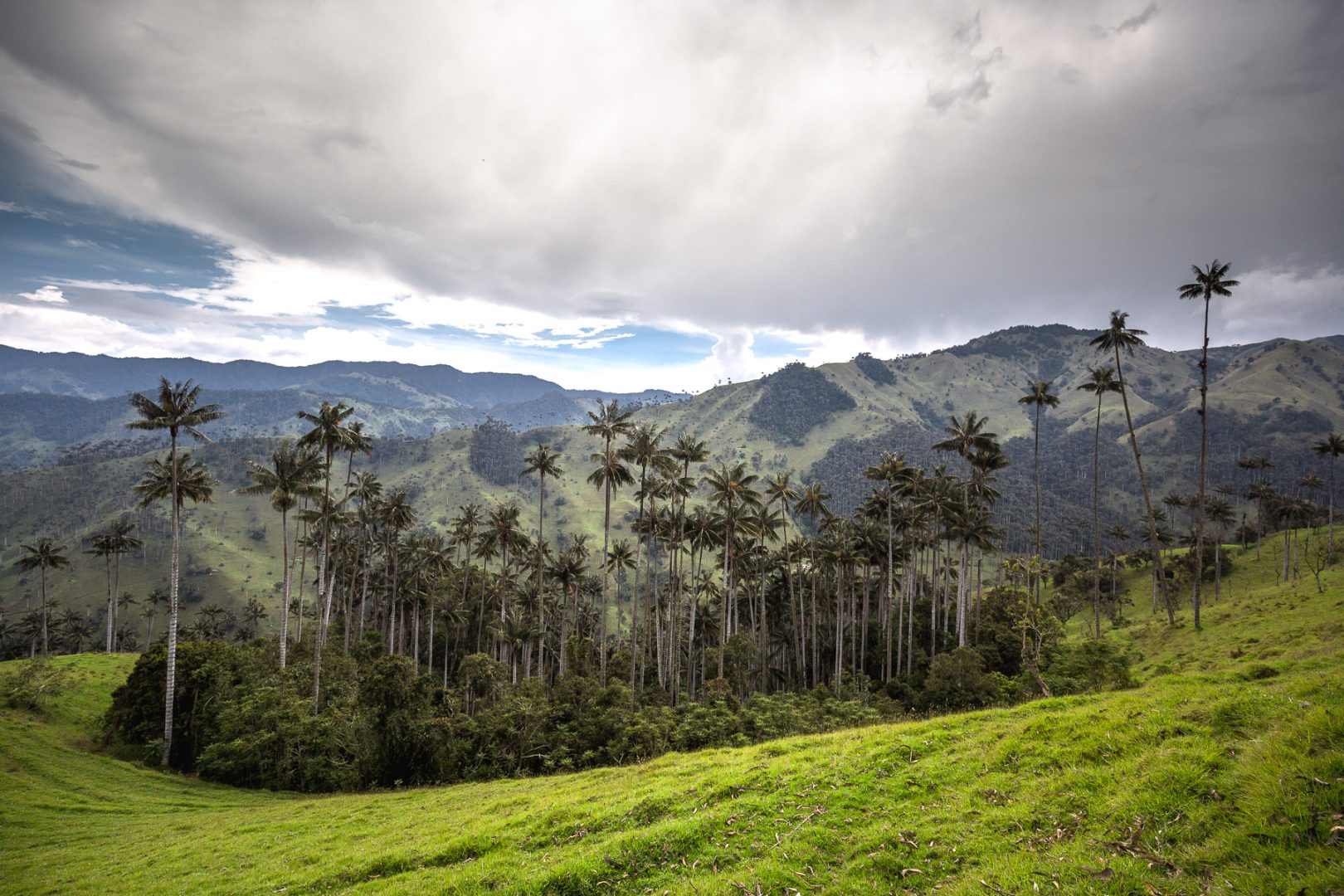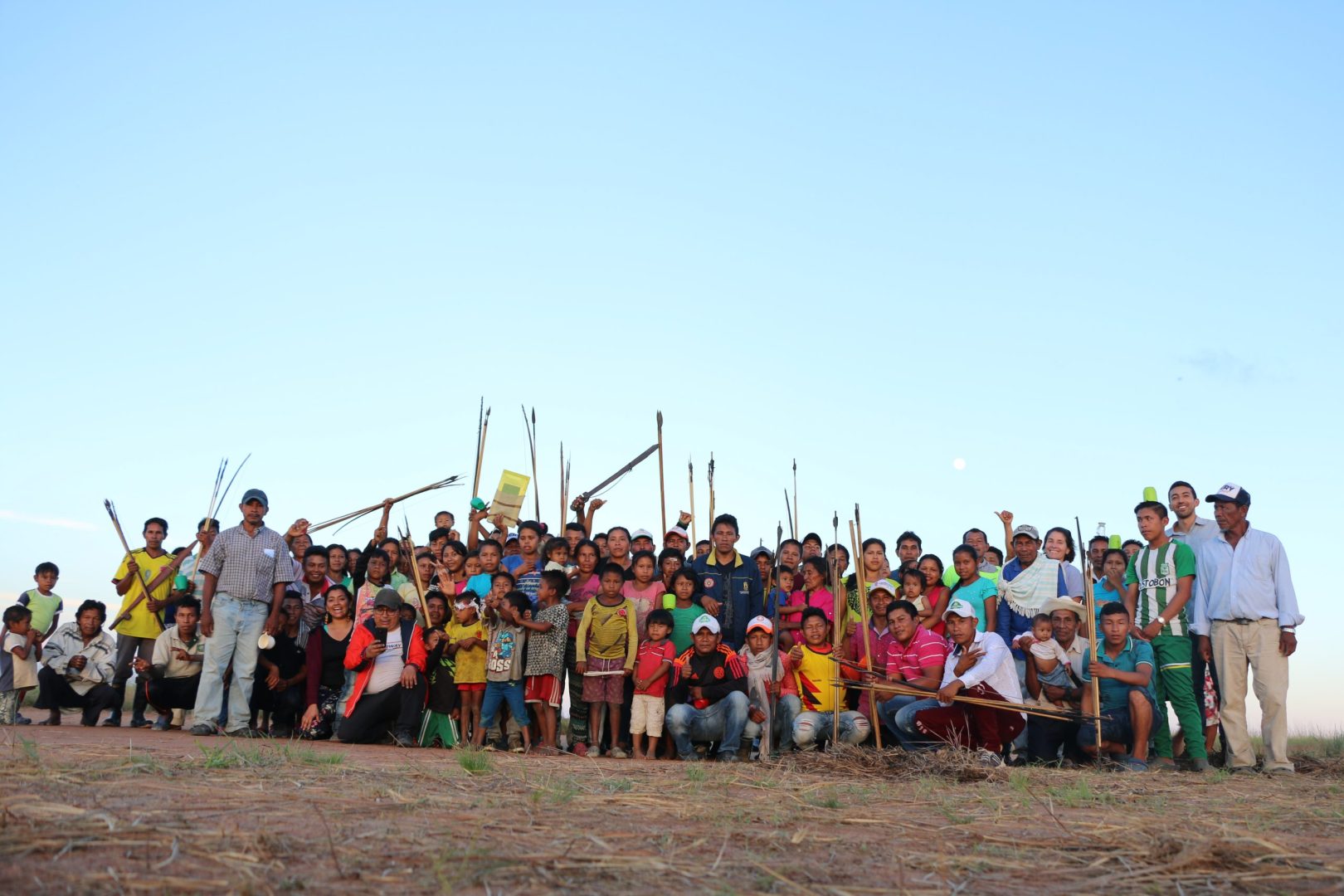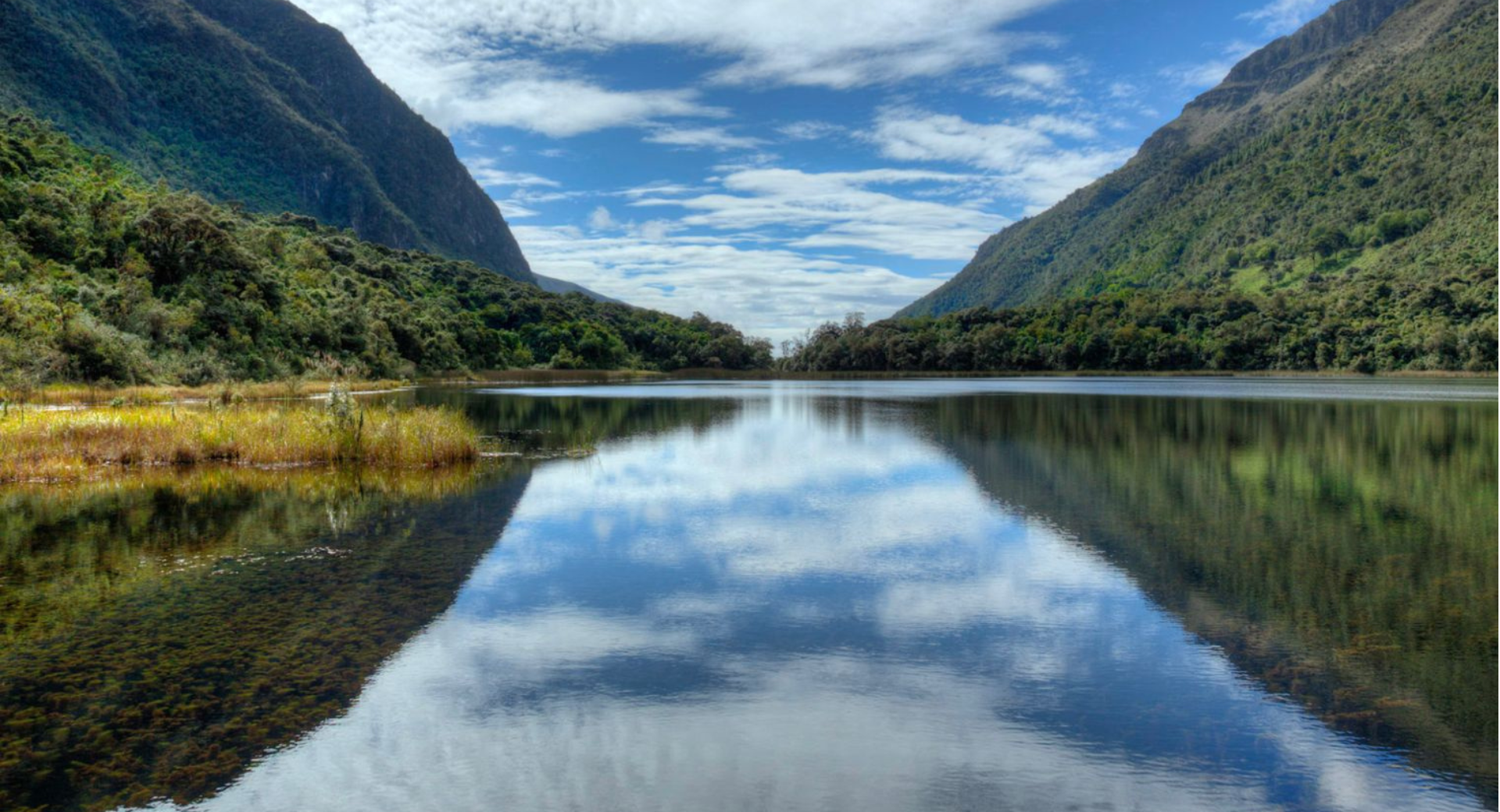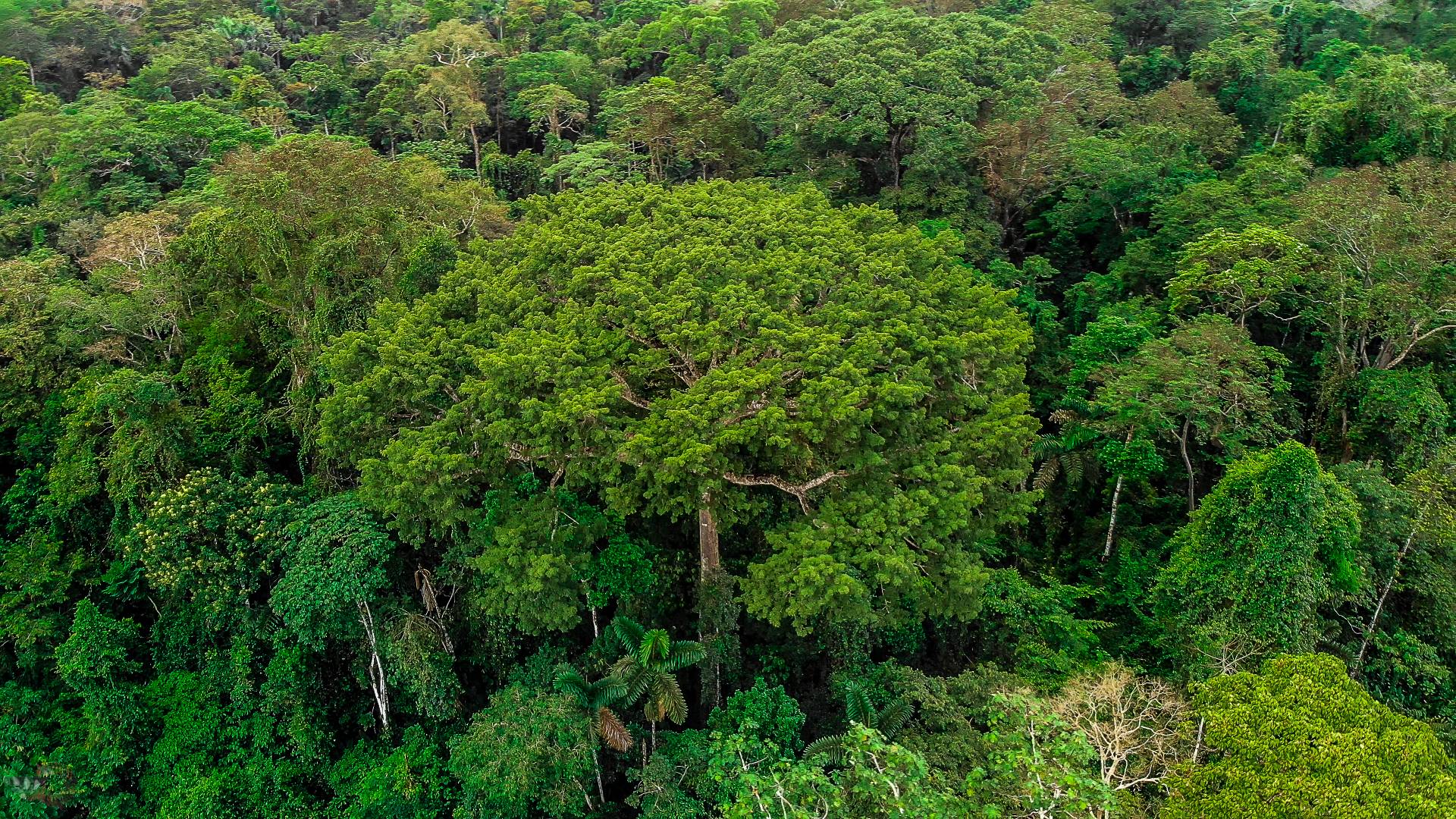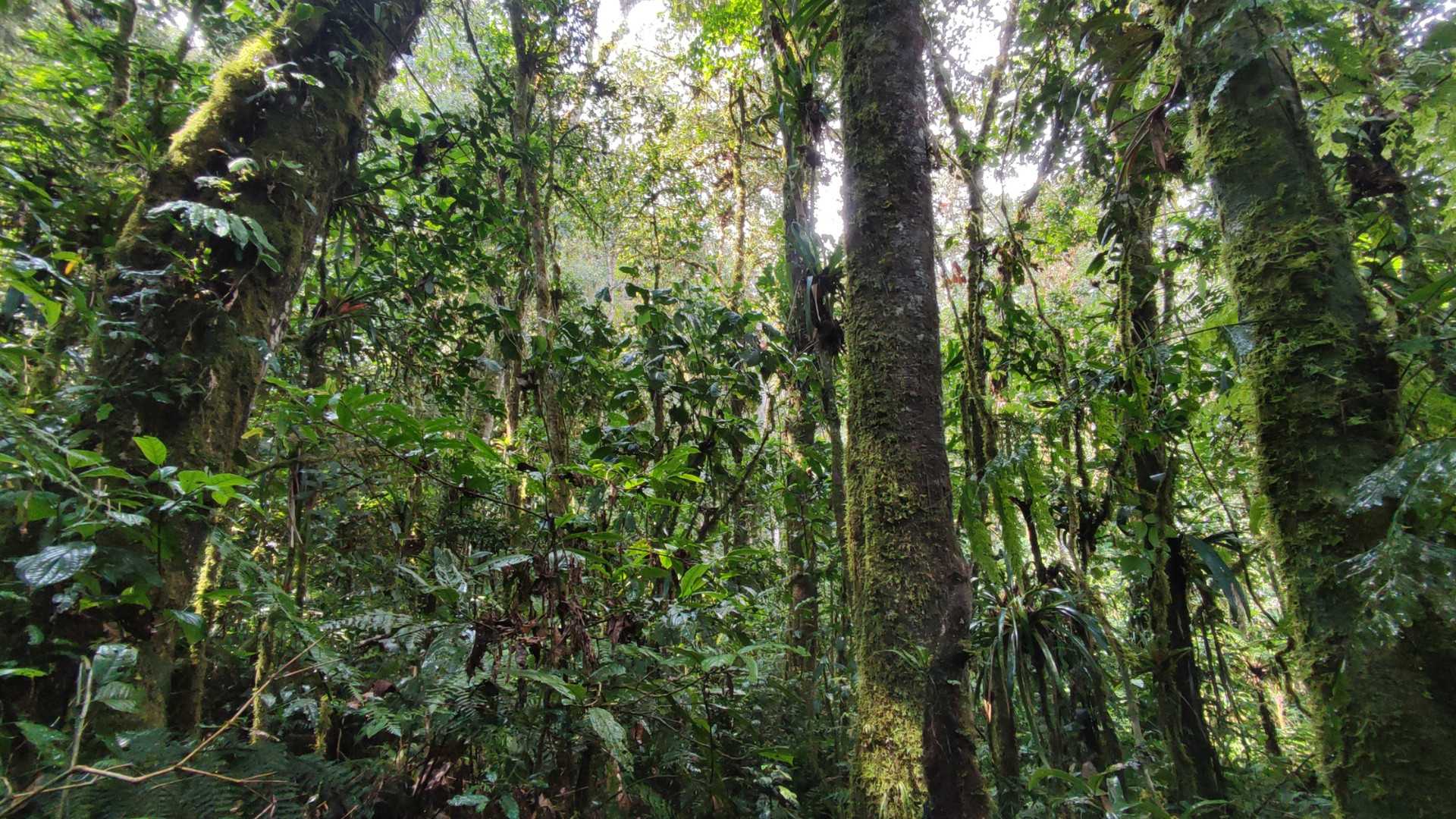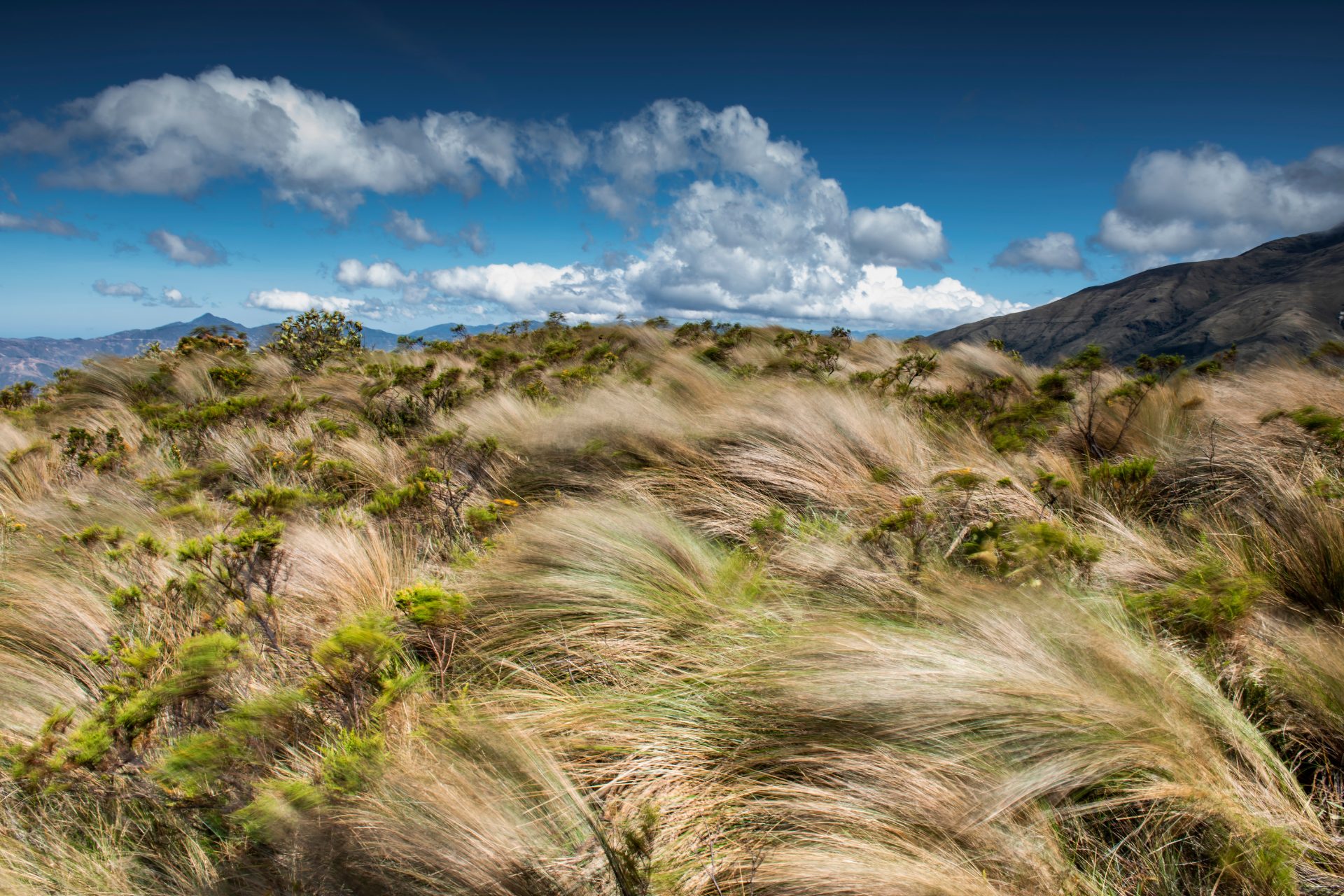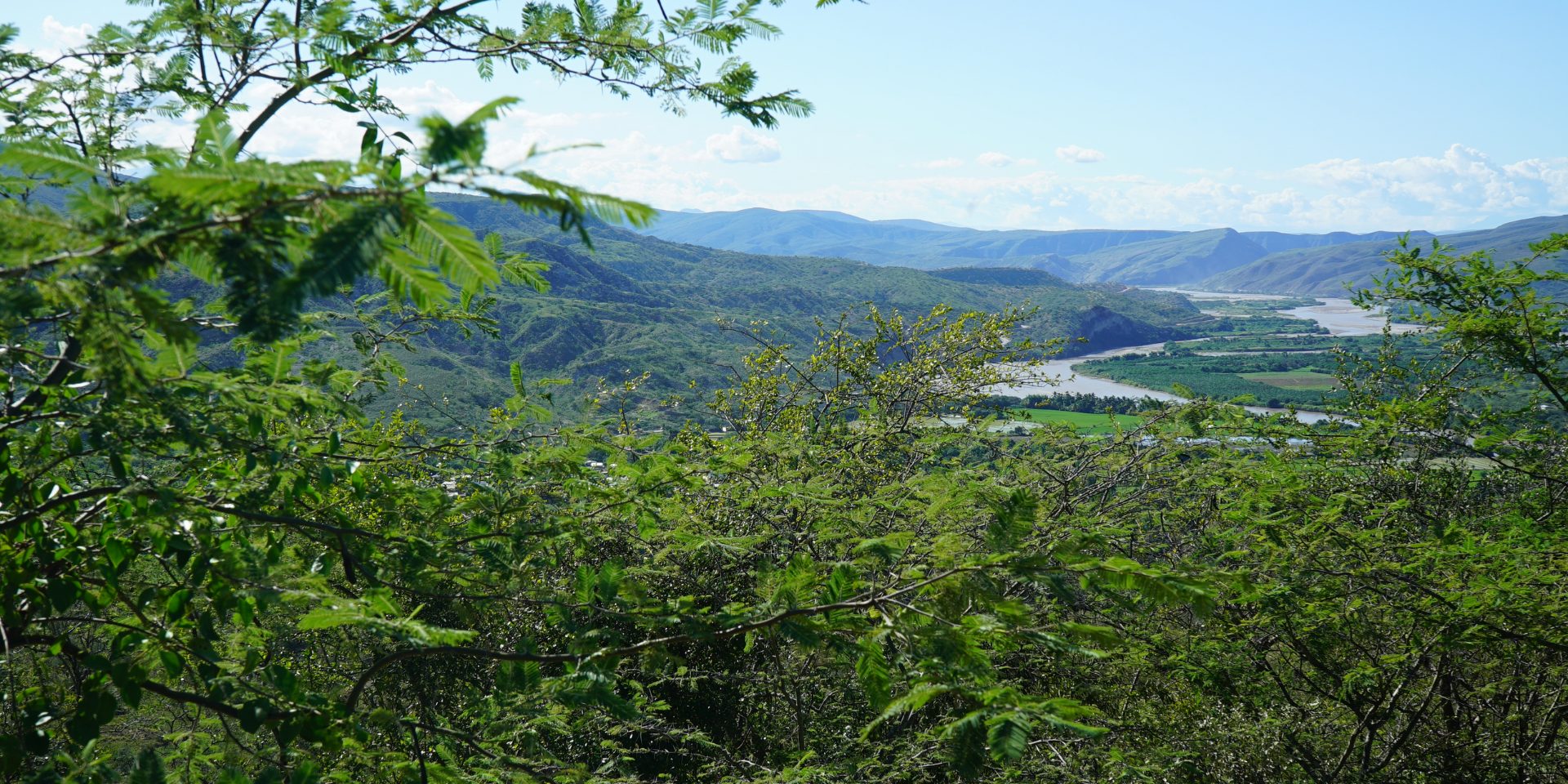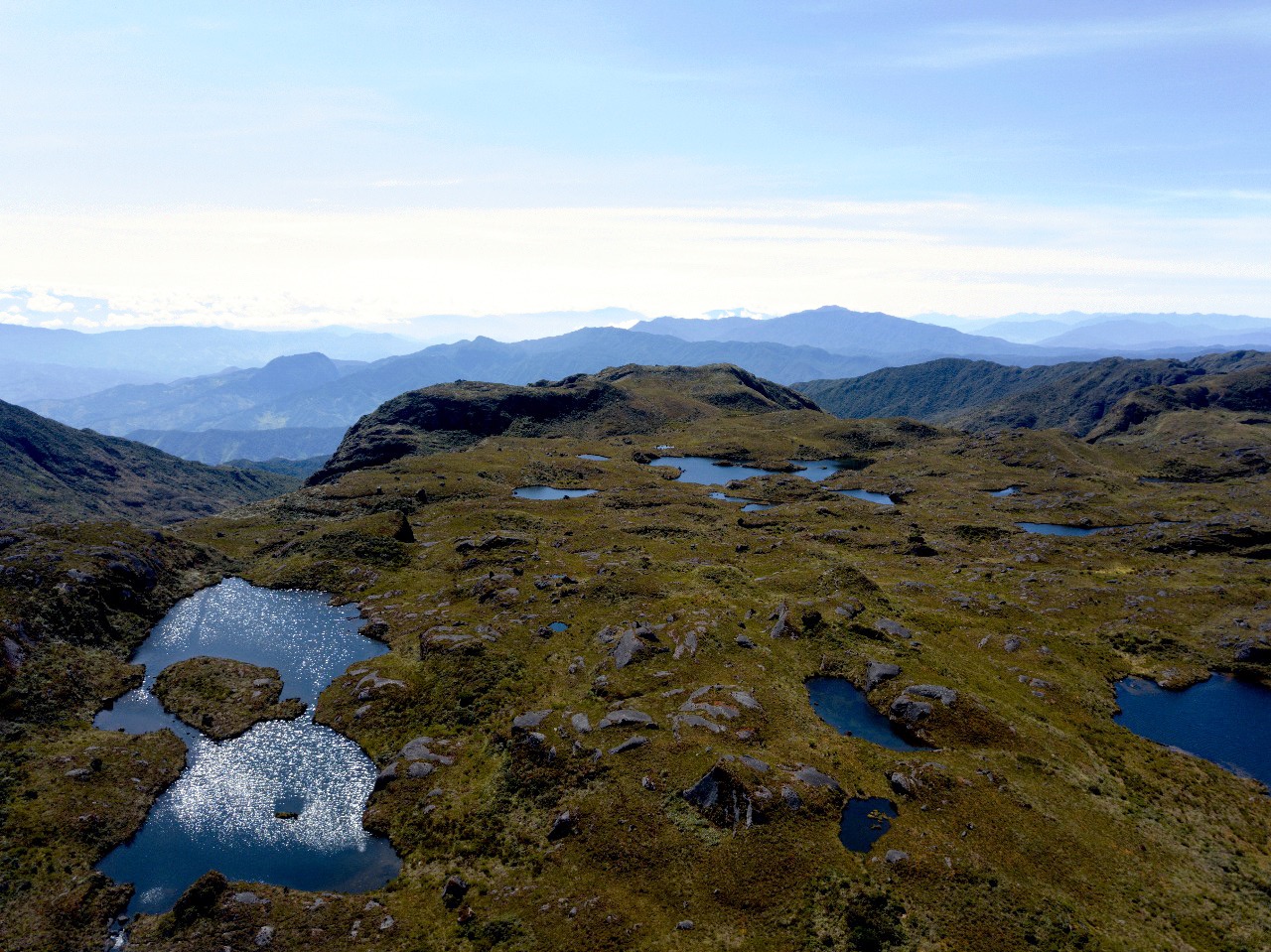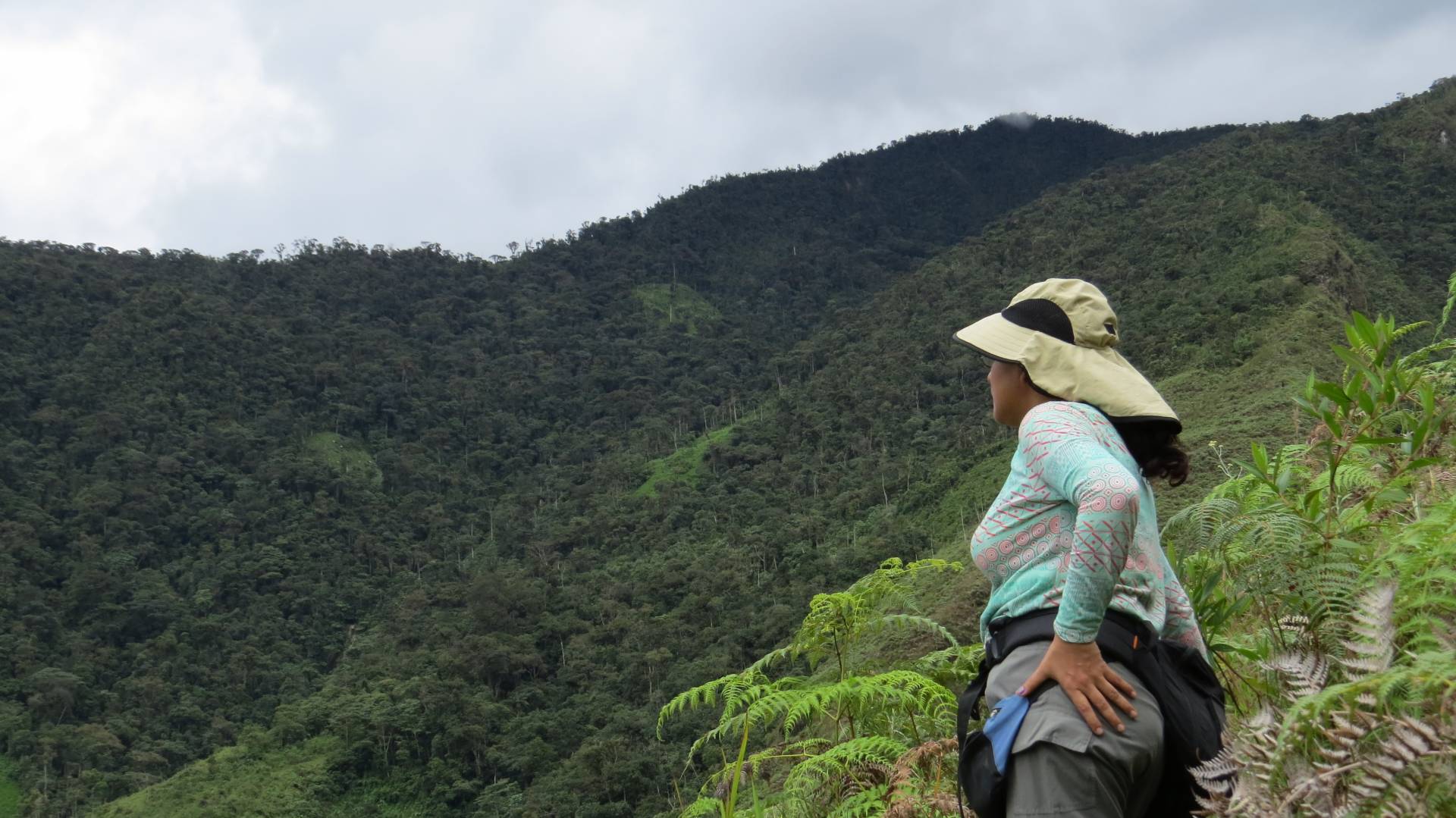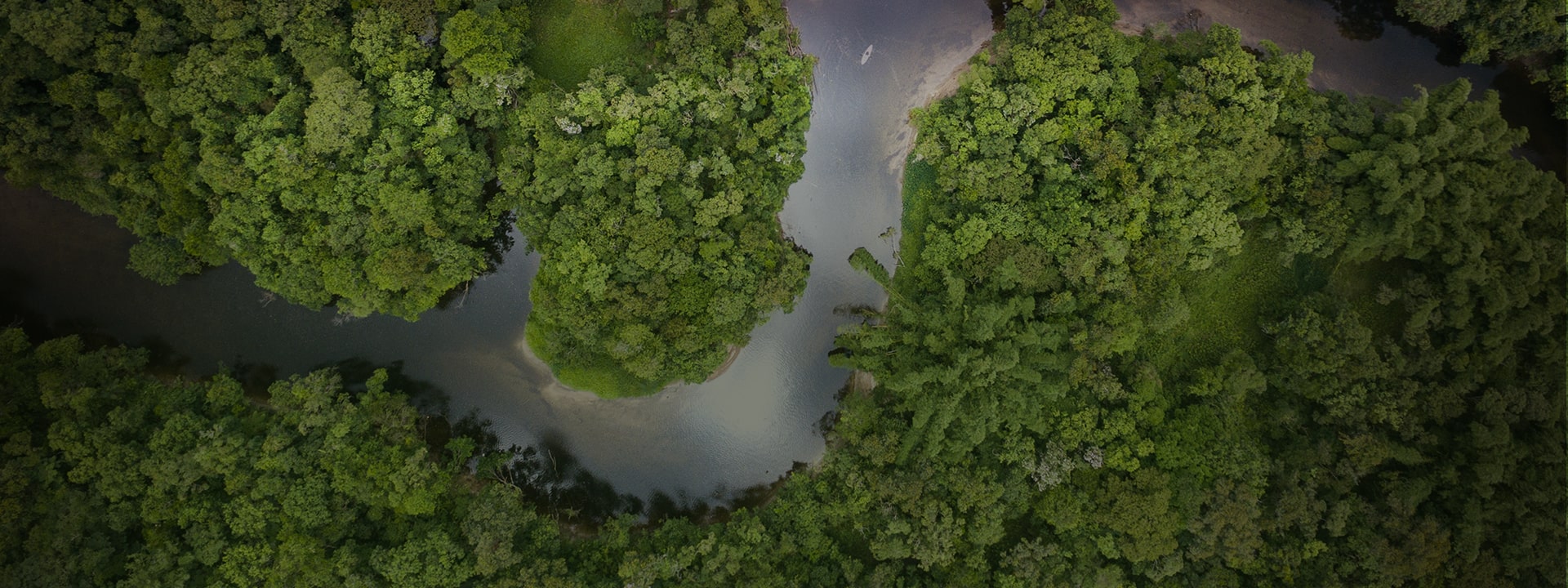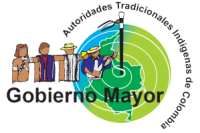Where do we work?
Protecting the most biodiverse places on the planet.
Colombia is one of the most biodiverse countries in the world. In Colombia, Nature and Culture International supports conservation initiatives in the Andes, specifically the Central and Western mountain regions, the Chocoan-Pacific region, and the Orinoco region.
ACRES PROTECTED
CARBON STORED
MUNICIPAL WATER SOURCES PROTECTED
INDIGENOUS AND LOCAL CULTURES SUPPORTED
What do we do?
Nature and Culture focuses on five complementary strategic areas to ensure that ecosystems can support current and future generations: Climate, Wild Places, Water, Species, and People.
In partnership with The Alexander von Humboldt Biological Resources Research Institute (Instituto Humboldt), Nature and Culture identifies and implements new protected areas to secure biological diversity and ecosystem services.
Climate
Climate change is the greatest threat to life on our planet. Deforestation and forest degradation are one of the main causes of climate change in the tropics. Nature and Culture International conserves forests and water resources that help local communities adapt to climate change. We mitigate climate change by reducing deforestation and ecosystem degradation which allows forests to capture and store carbon from the atmosphere.
Wild Places
Water
Species
People
news & Events
Don’t miss the latest news, stories, and events from Nature and Culture in Colombia.

Our local partners
Nature and Culture works in collaboration with the Colombian Biodiversity Research Institute (Instituto Humboldt) as well as universities, public and private institutions, communities, and local governments to protect biologically and culturally diverse landscapes. Our partners are fundamental to achieving our conservation objectives. We believe that conservation is only possible when working together with the people who live in the territories we aim to protect.
Our Team in Colombia
We have field experts specializing in conservation, monitoring, and evaluation who support communities, organizations, and local and national governments to protect biologically and culturally diverse landscapes.
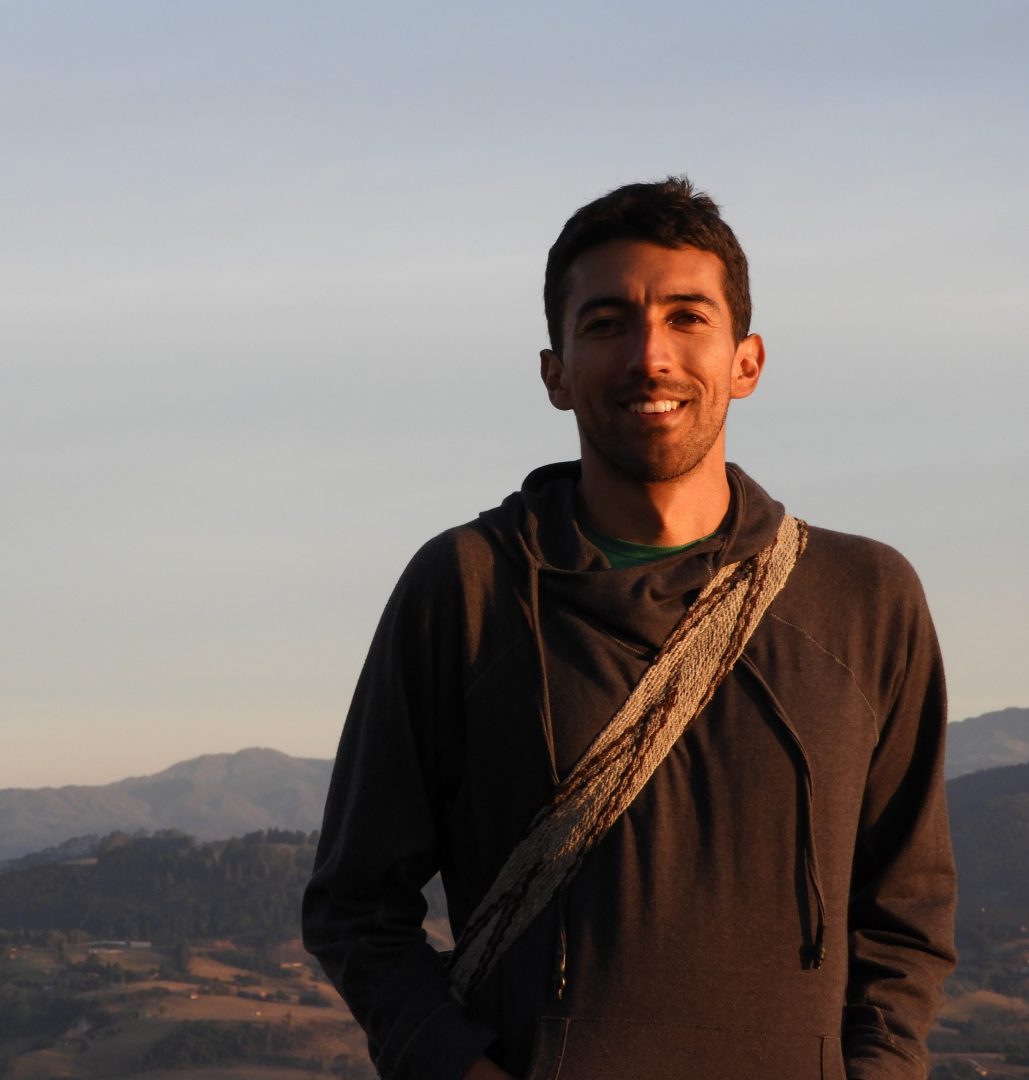
Associate Researcher, Territorial Management of Biodiversity
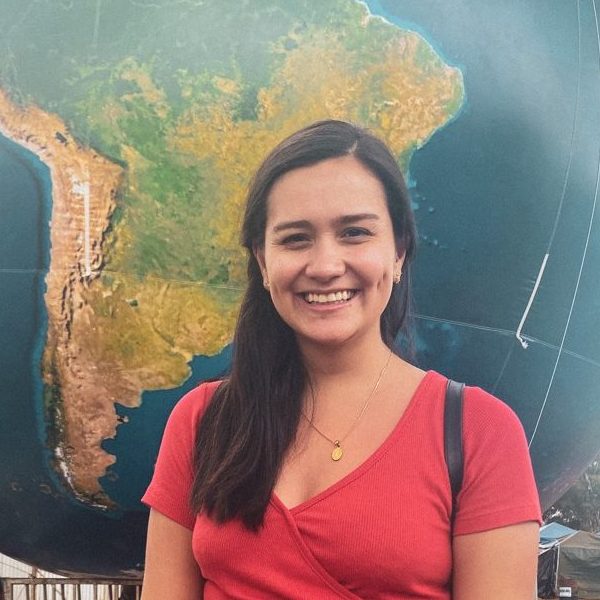
Senior Latin American Communications Coordinator





